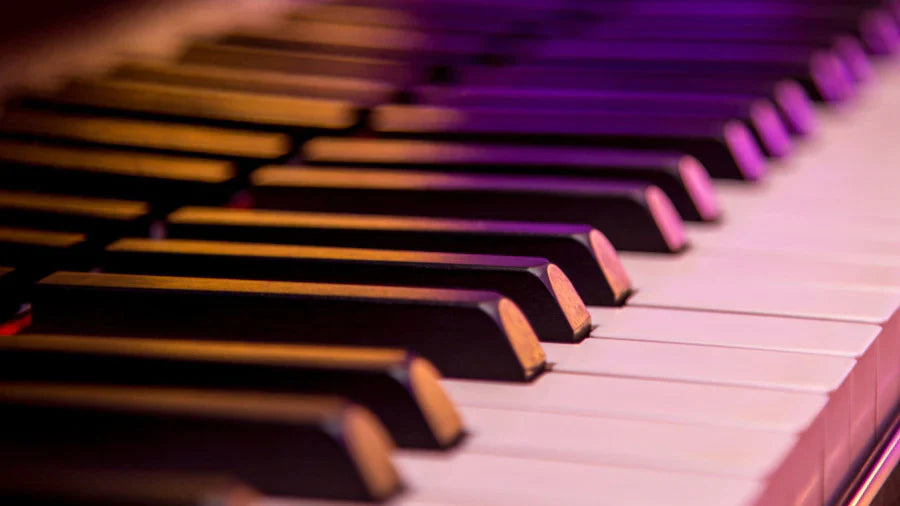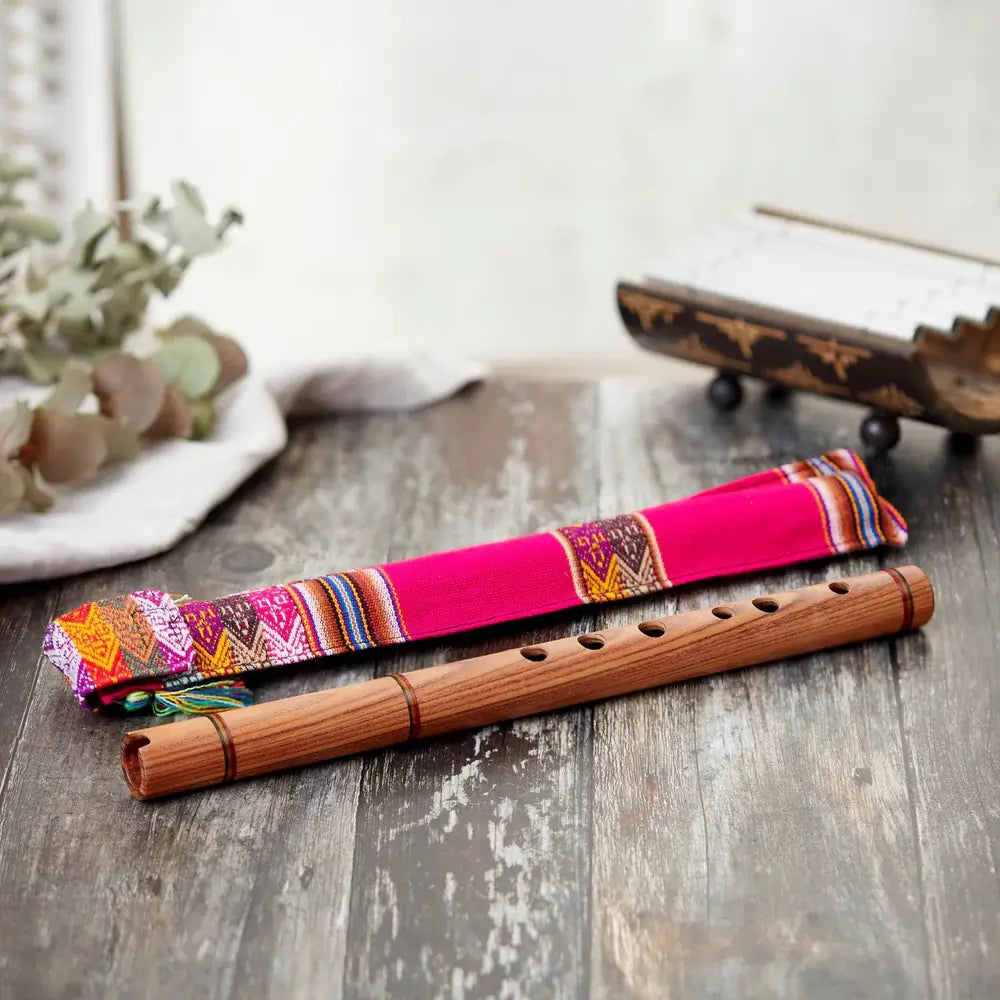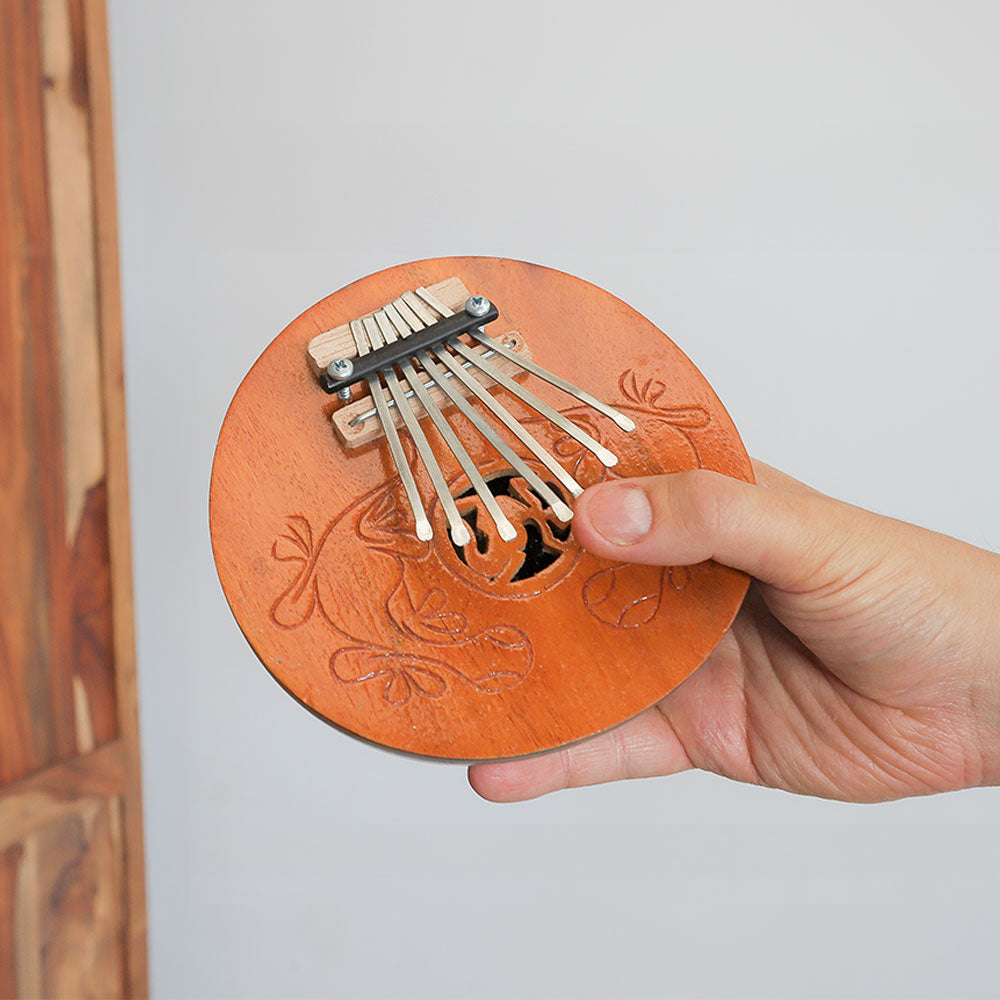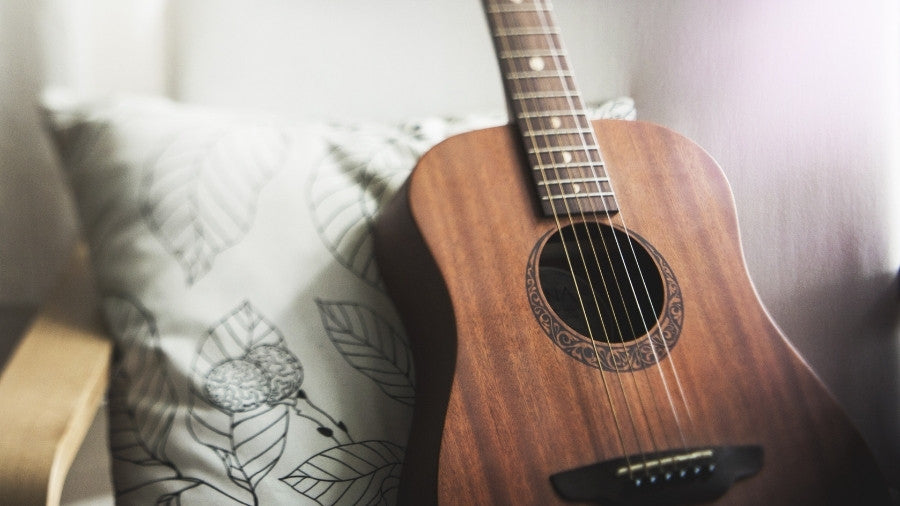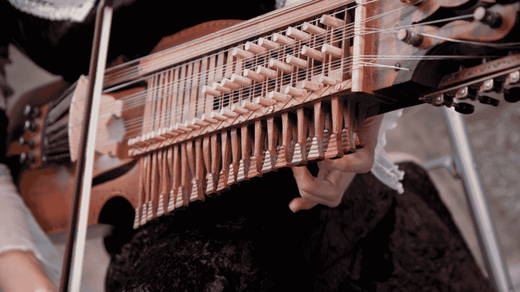If you're a pianist looking to learn some popular songs, you're in luck! In this article, we've curated a list of 13 easy pop songs to learn on the piano. These songs span across different decades and genres, ensuring there's something for everyone. Whether you're a beginner or a more advanced player, these songs will help you improve your skills and have fun while doing it.
1. Yesterday – The Beatles
Let's start with a classic: "Yesterday" by The Beatles. This song was written by Paul McCartney, is a must-learn for any piano player. The melody is simple yet beautiful, making it an excellent choice for beginners. The song is played in the key of G and features arpeggio patterns, where each chord is played one note at a time. Take your time to practice and master this tune.
2. Dancing Queen – ABBA
"Dancing Queen" by ABBA is a fun and lively song that will get everyone on their feet. This song is written in A Major, but G Major is a more straightforward key to play. The primary chords are built off the 1st, 4th, and 5th scale degrees, creating a catchy and memorable sound. The leading bass notes are easy chords, and the moderate tempo allows for manageable playing.
3. Don't Stop Me Now – Queen
If you're looking for an upbeat and energetic song to play, "Don't Stop Me Now" by Queen is a fantastic choice. This song is known for its fast-paced tempo and catchy melody. While it may require quick fingers, don't let that
intimidate you. Start slow and gradually increase your speed as you become more comfortable. Master the inversions and chord progressions to capture the spirit of Queen's music truly.
4. A Thousand Miles – Vanessa Carlton
A Thousand Miles" by Vanessa Carlton is a piano-pop track that never fails to impress. This song features a simple melody in the key of B, but don't let that fool you. The song's speed can be challenging for beginners, so take your time to practice and gradually increase your speed. The left-hand repeats the same three notes throughout the song, while the right-hand plays a simple riff based on the B major scale.
5. All of Me – John Legend
"All of Me" by John Legend is a beautiful love song that has captured the hearts of many. The song is written in the key of A flat and can be quickly learned by beginners. The first part of the song only requires the right hand, while the left hand comes in towards the end. This song is an excellent introduction to jazz harmony and a perfect melody for practising stride.
6. Perfect – Ed Sheeran
Ed Sheeran's "Perfect" is another classic popular among piano players. Written in G Major, the song features four chords rearranged throughout. The left-hand pattern uses arpeggios of the chords, which may take some practice to coordinate with the right hand. Take the challenge of playing both hands in the same space and develop your skills.
7. Titanium – David Guetta feat. Sia
"Titanium" by David Guetta feat. Sia is a powerful anthem that showcases the piano and vocals beautifully. This song is written in C minor and features both hands working together. The left-hand position remains the same for the verse, only changing during the chorus. Pay attention to the sustain pedal and use it to enhance the song's dynamics.
8. Imagine – John Lennon
Next on our list is John Lennon's "Imagine," a beautiful ballad that resonates with many. The song is written in C Major and is relatively simple to learn. The left hand plays anchor notes on C and F, two octaves below middle C, while the right-hand plays one octave below middle C. Practice the slash chords, inversions, and descending scale to enhance your skills as a piano player.
9. Your Song – Elton John
"Your Song" by Elton John is a classic written in the key of Eb. This song is an excellent choice for beginners as it features chords that accommodate the hand comfortably. The chord inversion places the 5th finger or thumb on a white key, serving as an anchor while arpeggiating notes from the chord. Pay attention to timing and avoid striking the black keys too early.
10. Hallelujah – Leonard Cohen
Leonard Cohen's "Hallelujah" is a beautiful song covered by numerous artists. This song is played in C Major and features a 12/8 time signature, creating a gentle rocking effect. Pay attention to the chord changes and practice separating the melody with one hand while playing the chords with the other. The emotional depth of this song comes to life on the piano.
11. Can't Help Falling in Love – Elvis Presley
Next on our list is "Can't Help Falling in Love" by Elvis Presley. This romantic ballad is perfect for showcasing your piano skills. The left-hand chords complement the right-hand melody using inversions, adding depth to the song. Practice playing the arpeggios in groups of six notes to capture the essence of this beloved tune.
12. Piano Man – Billy Joel
Billy Joel's "Piano Man" is a classic that showcases the piano as the star of the show. This song is written in C Major and features a memorable piano solo. Start by learning the right-hand melody and gradually incorporate the left-hand accompaniment. Take your time to build confidence and master the chord changes in this beloved anthem.
13. Hello – Adele
Last but not least, we have Adele's "Hello." This beautiful piano ballad is filled with emotion and nostalgia. Written in F minor, the song features a slow, rhythmic tempo for expressive playing. Pay attention to the harmonic motion and chord changes throughout the song. Discover the power of this song as you bring it to life on the piano.
These pop songs are easy to learn on the piano and offer a range of styles and difficulties. Whether you are a beginner or a more advanced player, these songs will help you improve your skills and add some fun to your piano practice. Remember to start slow, practice regularly, and enjoy the process of learning these popular tunes.
Frequently Asked Questions
1. What is the difference between an acoustic and a digital piano?
Acoustic pianos use strings and hammers to produce a natural tone but require regular tuning, while digital pianos use electronic sound samples, need no tuning, and offer portability with features like volume control and recording capabilities.
2. How does a piano produce sound?
When you press a key on an acoustic piano, a hammer strikes a string inside, causing it to vibrate and produce sound. The vibration resonates through the wooden soundboard, amplifying the tone.
3. How long does it take to learn to play the piano?
Learning to play the piano varies depending on your goals, taking a few months to master basic songs and several years to achieve advanced skills with consistent practice.
4. How often should I tune a piano?
Tune your acoustic piano twice a year to maintain sound quality. Digital pianos don’t require tuning.
5. What are the best techniques for improving piano playing skills?
The best techniques to improve piano skills include daily practice of scales and chords, playing slowly with focus on accuracy, using a metronome for timing, and breaking pieces into smaller sections.

